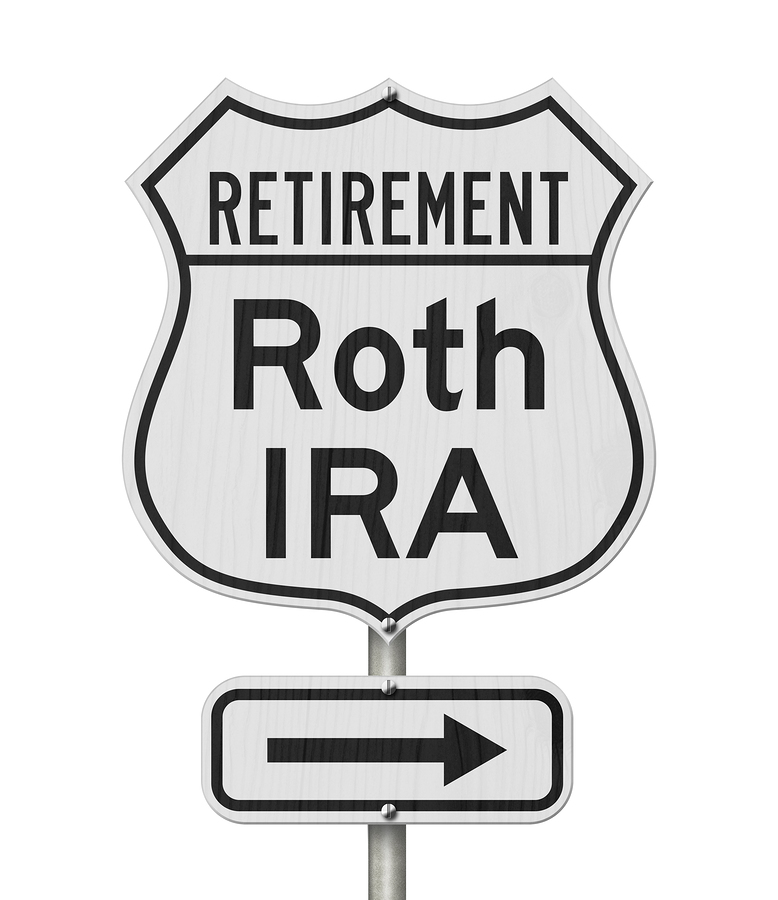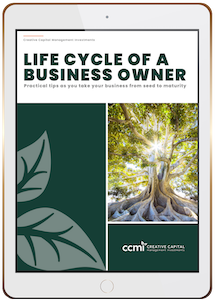Since the Tax Payer Relief Act of 1997, Roth accounts have been a widely sought out account type for working individuals of all ages. As you may know, there are income limitations that can restrict one’s ability to contribute to a Roth IRA. For example, married couples with income over $206,000 and individuals with income over $139,000 become ineligible for Roth IRA contributions. The main benefits of Roth accounts are that they grow tax-free and there are no required minimum distributions (RMDs) at age 72, based on the current tax code.* You could consider contributing to a Roth account if you think you are in a lower tax bracket now than you will be when you need to withdrawal the money, or if you would like to maximize your tax-free income in the future.
If you do not exceed the income limitation stated above, in 2020 you can contribute $6,000 annually to a Roth IRA, or $7,000 annually if you are over age 50. If you do exceed the income limitation stated above and/or you would like to contribute more than the annual contribution amount to a Roth account, here are some ideas for tax-free growth using Roth strategies. There are certain complexities, including tax consequences in pursuing each of these options and while everyone’s financial situation is different, we encourage getting more information from a professional before shifting your current strategy:
Contribute to a Roth 401(k)
- A Roth option may be available within your employer’s 401(k) or 403(b) plan.
- Use after-tax dollars to contribute up to $19,500 (or $26,000 if over age 50) in 2020 to a Roth 401(k).
- Unlike a Roth IRA, Roth 401(k)s do not have income limitations.
- You benefit from tax-free growth thereafter.
- Any employer-matching contributions grow tax-deferred and will be taxable upon withdrawal.
- Note that you will be subject to required minimum distributions if you do not roll it over to a Roth IRA once you stop working
Roth Conversion
- Convert a portion of your traditional IRA to a Roth IRA (this may be available in some 401(k) plans, too).
- Your converted portion of your pre-tax traditional IRA is included in income in the year of conversion.
- While there are tax consequences at the time of the conversion, you benefit from tax-free growth thereafter.
- Work with CCMI’s CERTIFIED FINANCIAL PLANNER™ professionals or your accountant to make sure you understand the tax consequences and to convert the appropriate amount.
Backdoor Roth
- You must have taxable compensation or earned income.
- You would first contribute to a traditional IRA, it would most likely be a non-deductible contribution as there are no income limitations.
- Then convert the traditional IRA to a Roth IRA and pay the taxes due at that time.
- You benefit from tax-free growth thereafter.
- Be aware of aggregation rules that would impact the taxability of your conversion if you have other tax-deferred assets in an IRA.
Mega Backdoor Roth
- Check with your employer if this is allowed in your savings plan.
- Contribute after-tax dollars to your employer’s plan. The formula for how much you can contribute is the 2020 defined contribution limit of $57,000 minus the 2020 employee contribution limit of $19,500 (or $26,000 if you are over age 50), minus any employer matching.
- Convert after-tax contributions to a Roth IRA and pay any taxes due on the growth, if any.
- Enjoy tax-free growth thereafter.
- Note that not all employer plans are set up to allow for after-tax contributions, in-plan conversions, or in-plan distributions which could eliminate this tactic for many.
These strategies are most helpful when you have surplus cash on hand and would like to maximize tax-free growth while being more strategic on taxes by paying them now instead of later. CCMI can help evaluate these decisions either within a customized financial plan or by running a separate breakeven analysis for you. It is easy to make a costly mistake when pursuing these options, which is why we emphasize working with a professional to determine whether these strategies can work for you and to get a full understanding of all associated implications. Please contact CCMI if you would like to learn more.
CCMI provides personalized fee-only financial planning and investment management services to business owners, professionals, individuals and families in San Diego and throughout the country. CCMI has a team of CERTIFIED FINANCIAL PLANNERTM professionals who act as fiduciaries, which means our clients’ interests always come first.
How can we help you?






